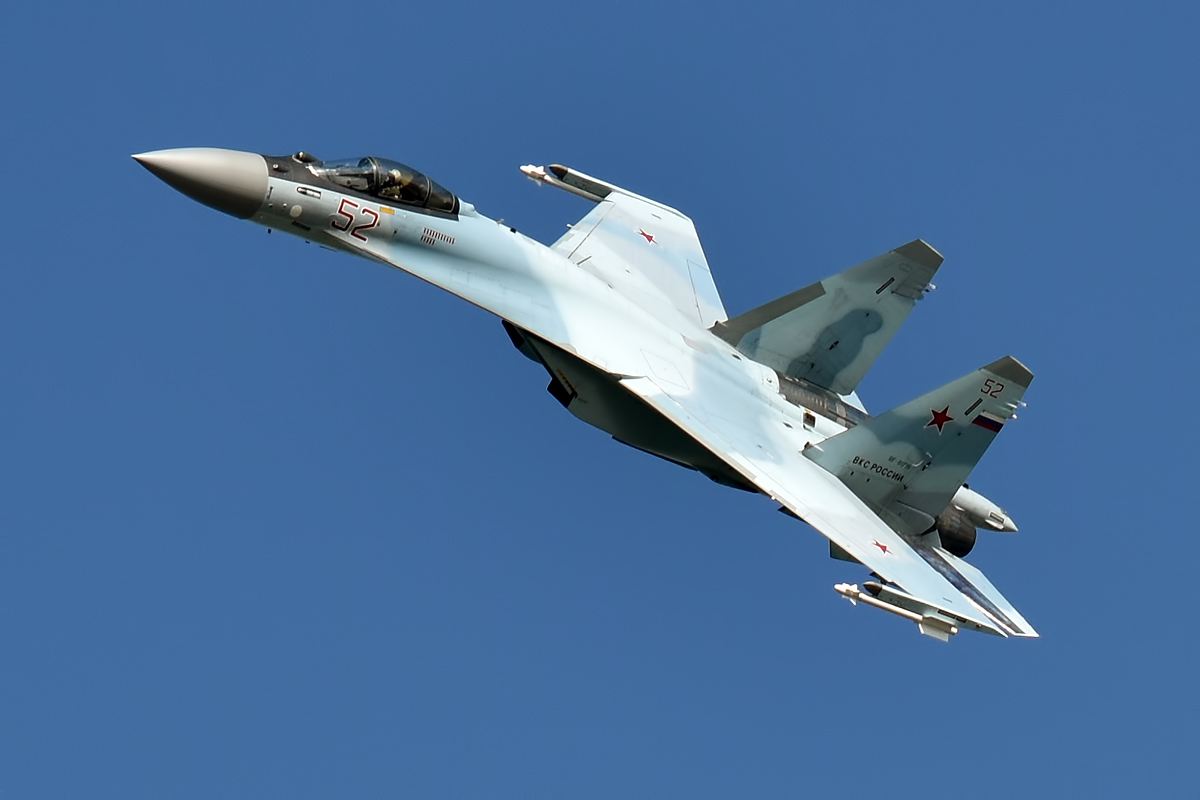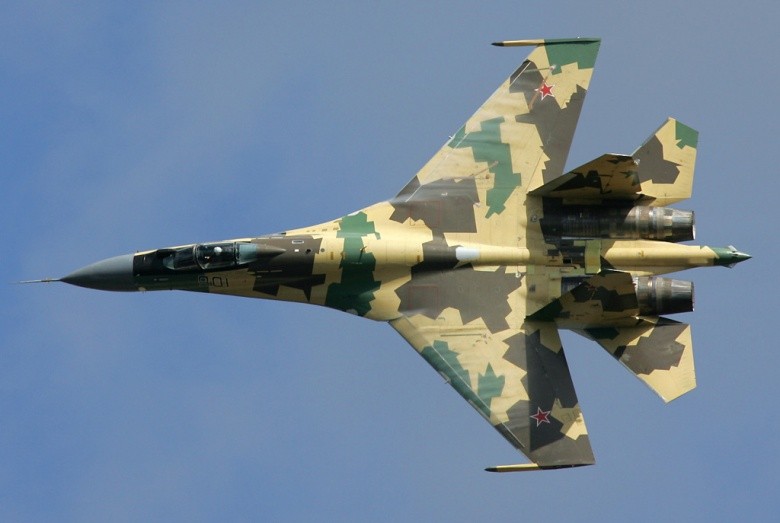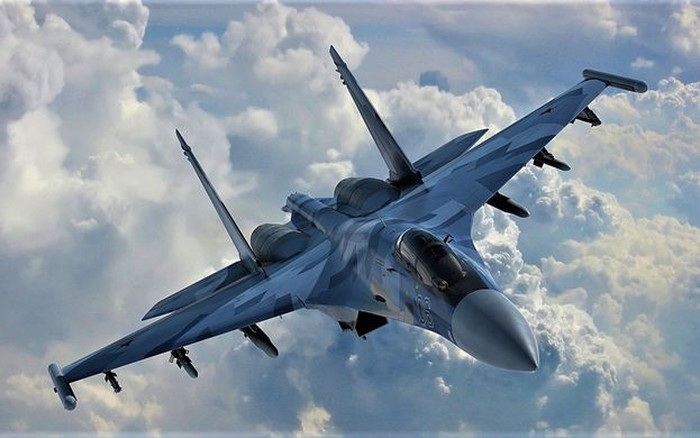The Sukhoi Su-35, widely regarded as one of the most formidable fighter jets in the world, stands at the pinnacle of Russian aerospace technology. As a highly advanced multirole air superiority fighter, the Su-35 represents the evolution of the legendary Su-27 Flanker, combining supermaneuverability, cutting-edge avionics, and lethal firepower into a single platform that has become the backbone of Russia’s modern air force.

A Legacy of Superiority
The Su-35 was designed as a fourth-generation-plus fighter to bridge the gap between the existing fourth-generation fleet and Russia’s fifth-generation stealth aircraft, like the Su-57. With roots tracing back to the venerable Su-27, the Su-35 shares the same aerodynamic design philosophy but incorporates next-level technology to dominate in both air-to-air and air-to-ground roles. First entering service in the mid-2000s, it has quickly established itself as a key player in Russia’s military aviation portfolio.

Power and Performance
At the heart of the Su-35’s unmatched performance is the twin AL-41F1S engines, each equipped with thrust-vectoring nozzles that allow the aircraft to perform stunning aerial maneuvers. These engines not only provide exceptional thrust but also give the Su-35 supercruise capability, allowing it to fly at supersonic speeds without afterburners. With a top speed of over Mach 2.25, a range exceeding 3,600 kilometers, and a high combat load, the Su-35 is built to fly faster, farther, and deadlier than most of its contemporaries.
The aircraft’s agility is legendary. With its thrust-vectoring capabilities, the Su-35 can achieve supermaneuverability, performing sharp turns, rapid rolls, and post-stall maneuvers that outclass many other fighters. This agility, combined with its advanced avionics, makes the Su-35 a lethal opponent in dogfights, capable of outmaneuvering enemies and avoiding incoming missiles.

Avionics and Firepower
The Su-35’s sophisticated avionics suite includes the Irbis-E passive electronically scanned array (PESA) radar, which provides superior situational awareness and the ability to track up to 30 airborne targets simultaneously. With a detection range of up to 400 kilometers, the Irbis-E radar is one of the most powerful systems of its kind, giving the Su-35 an edge in long-range engagements.
In terms of firepower, the Su-35 is armed to the teeth. It carries a wide variety of missiles, including the R-77 and R-27 air-to-air missiles, and Kh-31 air-to-surface missiles. Its versatility allows it to engage multiple targets simultaneously, from enemy fighters and bombers to ground-based air defense systems and naval vessels. The Su-35 also boasts a 30mm GSh-30-1 autocannon, providing devastating close-range firepower.
Stealth and Survivability
Although the Su-35 isn’t a full-fledged stealth aircraft, it has been designed with a reduced radar cross-section to minimize detection. Its supermaneuverability also enhances its survivability, allowing the jet to evade missile threats with its unmatched agility. The Su-35 is equipped with state-of-the-art electronic warfare systems, including missile warning systems, radar jammers, and decoys, giving it an additional layer of protection in contested airspace.
Global Influence
The Sukhoi Su-35 has captured global attention, with several nations showing interest in adding it to their air forces. China was the first foreign buyer of the Su-35, and its acquisition is seen as a significant enhancement of the Chinese air force’s capabilities. The Su-35 has also been deployed by Russia in Syria, where it has demonstrated its prowess in real combat scenarios, further solidifying its reputation as a world-class fighter.
Conclusion
The Sukhoi Su-35 is more than just a fighter jet; it’s a statement of Russia’s commitment to maintaining air dominance. Combining speed, agility, and cutting-edge technology, the Su-35 has proven itself to be a fearsome adversary capable of excelling in any combat environment. With its advanced avionics, supermaneuverability, and powerful armament, the Su-35 is positioned to remain a key player in global airpower for years to come.





